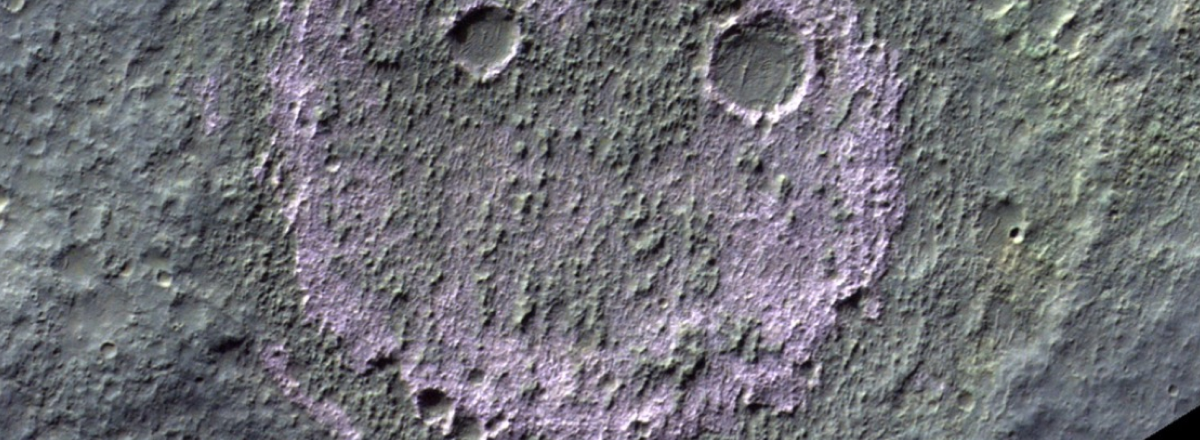Scientists Discover 'Smiley Face' Crater on Mars, Offering Clues to Ancient Life
Chloride salts, left behind as Mars’ lakes evaporated, are crucial for understanding the Martian climate and could be key to detecting preserved signs of ancient microbial life.

European scientists have uncovered a fascinating new discovery on Mars: a crater resembling a "smiley face," which may hold vital clues to the Red Planet’s ancient past. This geological feature, found by the European Space Agency’s ExoMars Trace Gas Orbiter, consists of a ring of chloride salt deposits and two crater "eyes," all captured through infrared imaging. These salts are believed to be the remnants of a lake that existed billions of years ago, suggesting Mars once supported liquid water and potentially life.
The discovery was made during a study focused on mapping chloride deposits across Mars, which have long been considered markers of the planet’s aqueous history. Chloride salts, left behind as Mars’ lakes evaporated, are crucial for understanding the Martian climate and could be key to detecting preserved signs of ancient microbial life.
The presence of these deposits indicates that Mars was once home to a dynamic water system. Lakes, rivers, and possibly shallow oceans thrived before drying up around 2-3 billion years ago, likely due to the loss of the planet's magnetic field, which allowed solar winds to strip away its atmosphere.
Scientists speculate that as Mars' water sources diminished, the remaining liquid became highly salty, providing an environment where microbial extremophiles might have survived. These salt deposits could have acted as natural preservatives, keeping evidence of ancient life intact for billions of years. The new findings offer fresh hope for future missions to uncover more signs of Mars' potentially habitable past.

